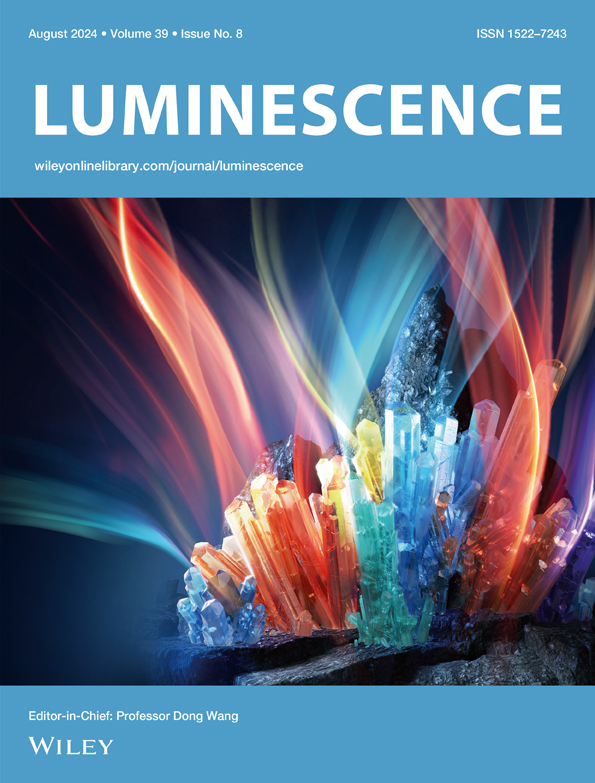Highly Sensitive Fluorescence Quenching Method for Sulfasalazine Detection Using Fluorescein Probe: Application to Pharmaceutical Formulations and Biological Samples
Abstract
In the present study, a spectrofluorometric method was developed for the determination of sulfasalazine using fluorescein as a fluorescent probe. The fluorescence intensity of fluorescein was quenched upon interaction with sulfasalazine. This quenching effect was observed at an emission wavelength of 513 nm, with excitation at 492 nm. A calibration curve constructed between the fluorescence intensity and sulfasalazine concentration exhibited a linear relationship over the range of 1–45 μg/mL, with an excellent correlation coefficient of 0.994. The method demonstrated a limit of detection (LOD) of 2.64 × 10−2 μg/mL and a limit of quantification (LOQ) of 8.82 × 10−2 μg/mL. Common pharmaceutical excipients were tested and found to have no significant interference with the measurement of sulfasalazine. The proposed method was successfully applied to the analysis of sulfasalazine in pure form, commercial pharmaceutical formulations, and biological fluids. The percentage recovery ranged from 97.05% to 103.54%. Fluorescence quenching was analyzed using the Stern–Volmer equation. The method was validated in accordance with ICH M10 guidelines and further confirmed through a content uniformity test, which demonstrated low relative standard deviation and high recovery, indicating the method's accuracy and precision.




 求助内容:
求助内容: 应助结果提醒方式:
应助结果提醒方式:


